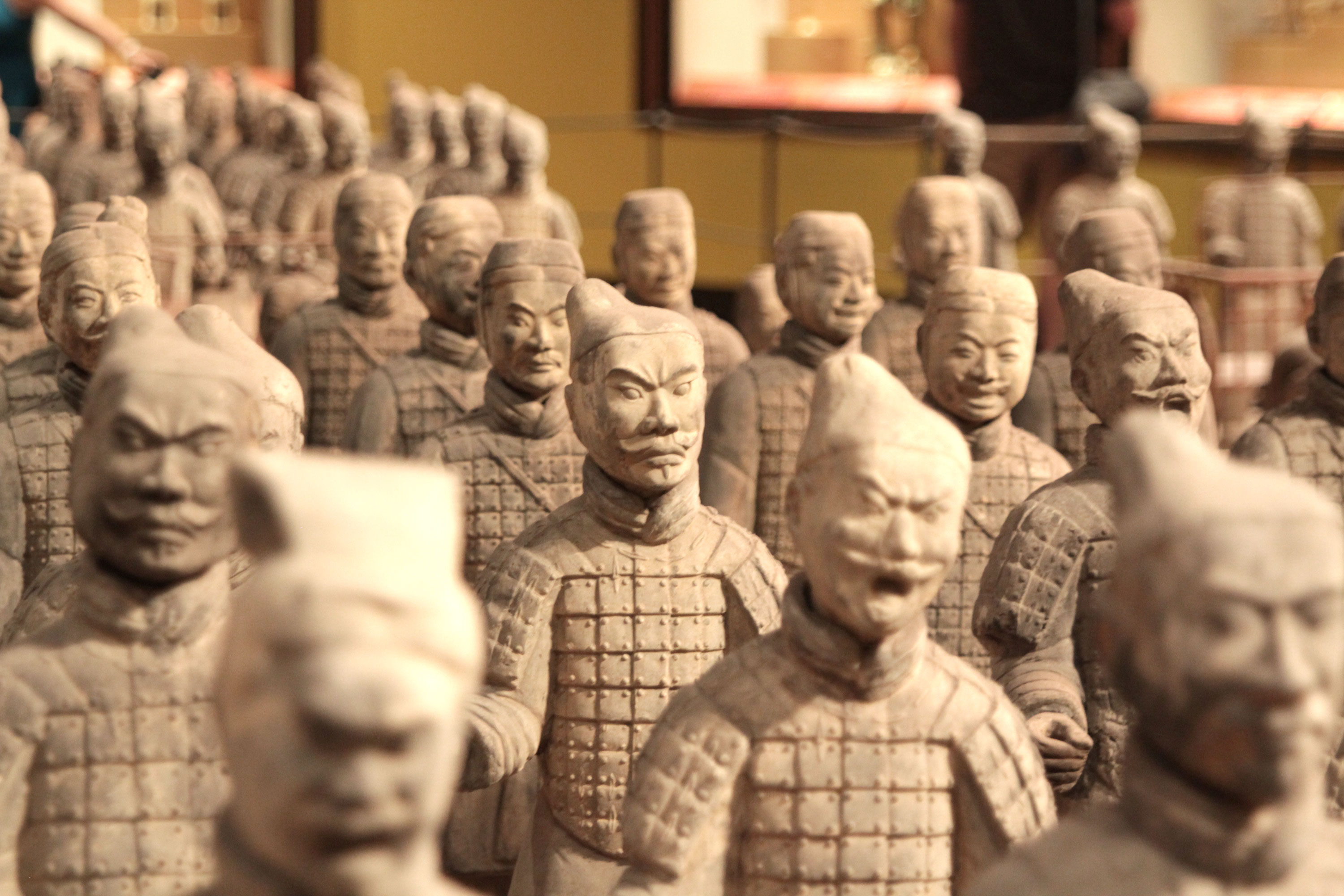Unveiling the Beauty of Chinese: Simplified vs. Traditional Characters
Medical Pharmaceutical Translations • Sep 11, 2023 12:00:00 AM

Chinese is a language of profound history, intricate characters, and diverse cultures. With over a billion speakers, it's no wonder that it's often split into two main writing systems: Simplified Chinese and Traditional Chinese. These scripts represent not just linguistic differences, but also cultural and historical nuances. In this blog post, we'll explore the captivating contrast between Simplified and Traditional Chinese.
Origins and Evolution
Traditional Chinese, or 正體字 (zhèngtǐzì) in Mandarin, has a history spanning thousands of years. This writing system is characterized by intricate strokes and a complex structure that demands attention to detail. Traditional Chinese is still used in regions like Taiwan, Hong Kong, and Macau, where it has deep cultural significance.
On the other hand, Simplified Chinese, or 简化字 (jiǎnhuàzì), emerged in the mid-20th century as a result of the Chinese government's effort to increase literacy rates. The aim was to simplify characters by reducing the number of strokes, making it easier to learn and write. Mainland China, Singapore, and Malaysia predominantly use Simplified Chinese.
Characteristics and Differences
Character Complexity: The most obvious distinction between the two scripts is character complexity. Traditional Chinese characters tend to have more strokes, intricate details, and an artistic flair. Simplified Chinese characters, as the name suggests, have been streamlined for quicker and easier writing, often resulting in simpler shapes.
Cultural Implications: Traditional Chinese characters are a testament to China's historical and cultural depth. They carry with them the wisdom of centuries and can be likened to pieces of art. The use of Traditional Chinese is deeply tied to heritage and tradition, particularly in regions that have resisted adopting Simplified Chinese.
Language Reform: The simplification movement of the 20th century was not without controversy. Some argue that it has led to a disconnection from the cultural roots of the language. While Simplified Chinese has undeniably increased literacy rates, especially among younger generations, it has also raised concerns about preserving cultural heritage.
Political and Geographic Influence: The division between Simplified and Traditional Chinese is partly driven by political factors. Mainland China's adoption of Simplified characters during the mid-20th century was influenced by the desire to modernize and standardize the language, while regions like Taiwan and Hong Kong held on to Traditional characters to maintain cultural continuity.
Conclusion
The dichotomy between Simplified and Traditional Chinese represents a fascinating intersection of linguistics, culture, and history. Traditional Chinese characters are a testament to the nation's rich heritage, whereas Simplified characters symbolize a modernization effort with a focus on practicality and increased literacy.
Whether one prefers the ornate strokes of Traditional Chinese or the simplified elegance of Simplified Chinese, both writing systems encapsulate the beauty of a language that has stood the test of time. In a world of rapid change, these characters remain steadfast, echoing the wisdom and diversity of Chinese culture.
